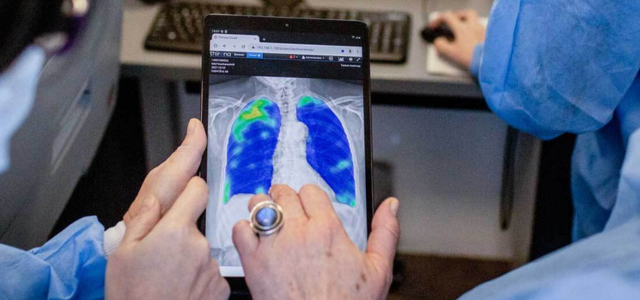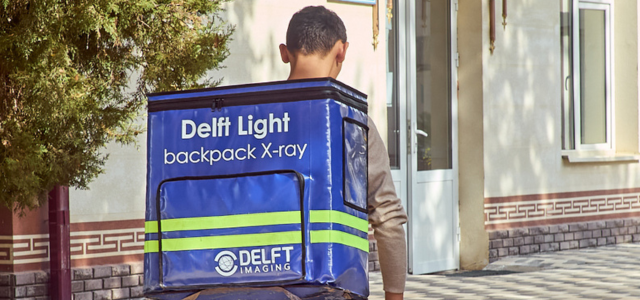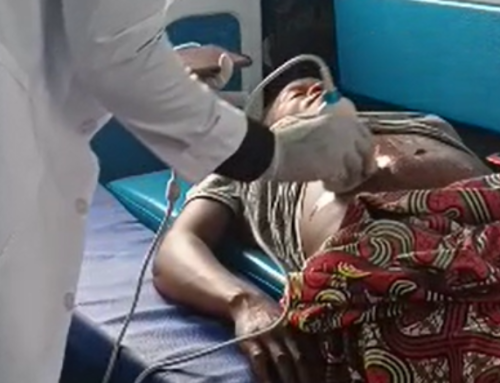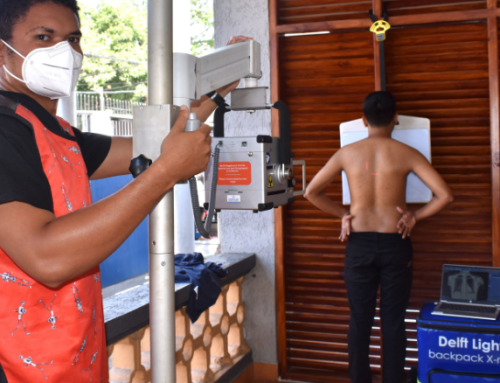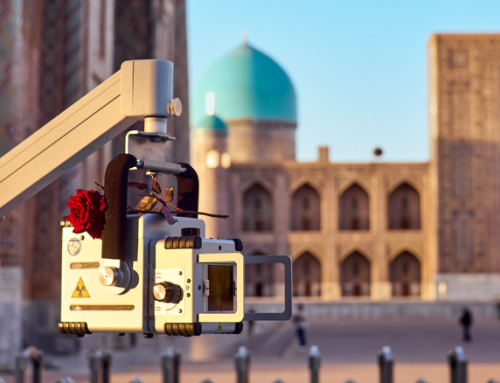It’s official: AI has taken the world by storm. It would be an understatement to say that it has transformed every facet of our lives. Be it ChatGPT at work, Alexa, Siri or Cortana (depending on your brand allegiance) at home, or filters on our phones, it cannot be denied that AI is here to stay. In 2021, the World Economic Forum ascribed the 4th Industrial Revolution to artificial intelligence (AI), machine learning (ML), deep learning (DL), the Internet of Things (IoT) and more.[1] But these technological advancements haven’t been overnight. It has been the fruit of decades of research and steady advances.
AI in screening and diagnostic healthcare witnessed a significant boom with the advent of the COVID-19 pandemic. Let’s take a look at how AI can help healthcare systems worldwide.
1. Address the Access Gap
Healthcare accessibility for underserved sections of society has been a growing concern across the globe. In such low-resource settings, where radiology and imaging services are limited, and there is a dearth of trained radiologists, Artificial Intelligence (AI) enabled CAD software can significantly improve how we practice medical imaging. According to a 2020 study, it was estimated that with CAD4TB, the cost per screen in active case-finding projects decreased by 50%. With a GeneXpert test reserved for only those with higher thresholds, the TB screening projects can screen more people. Coupled with the Xpert MTB/RIF test, CADAI ensures accurate diagnosis and timely treatment, despite the hindrances posed by socioeconomic or geographic factors.
2. Increased Screening Coverage
Healthcare workers are the backbone of our healthcare systems everywhere. This is especially true for community healthcare workers who help marginalised communities in challenging terrains. Often the pillars of their community, upskilling them can help them develop the skills to use new technologies such as telemedicine, mobile health applications, and electronic health records. In the words of Michael Odit, a Project Radiographer at IDI, “AI has helped us a lot. If you have many patients, you only need to send the images to the AI box. You can work on many patients in the shortest possible time.”

CAD4TB
CAD4TB used in Kano State by KNCV Nigeria
3. Empowering Community
Healthcare professionals, mainly community health workers, are often the pillars of their community. AI-empowered CAD systems in low-resource settings allow local community members, particularly radiographers, to upskill. Upskilling allows them to support their fellow community members, share their experiences and learn with health officials. AI-empowered CAD systems can serve as an educational tool, aiding in the training and capacity building of healthcare professionals in TB diagnosis. This acts as an added incentive that ensures community engagement and collaboration with healthcare providers. When done right, not only does it ensure that the technology is implemented effectively, but it also aligns the project goals with local healthcare needs.
4. Strengthening Health Systems
Advances in technology are transforming healthcare. These new tools and upgrades improve the quality of care. Currently undergoing research, BabyChecker’s AI can potentially revolutionise antenatal care by easing access to point-of-care ultrasound in remote areas. Daniel Ocloo, a biomedical engineer from Delft Imaging working on the USAID KNCV Tuberculosis Project, puts it best in his LinkedIn post, “But one thing that really stood out to me was the power of the AI solution that comes with the EasyDR. The impact of this innovation is already evident. In less than a minute, this technology can detect the chances of tuberculosis in chest X-ray images! It’s amazing that this technology has already screened thousands of individuals in Nigeria. It gives me hope that our efforts will ultimately pave the way for a tuberculosis-free future in the country. This type of technology has the potential to transform healthcare in Nigeria and beyond truly.”
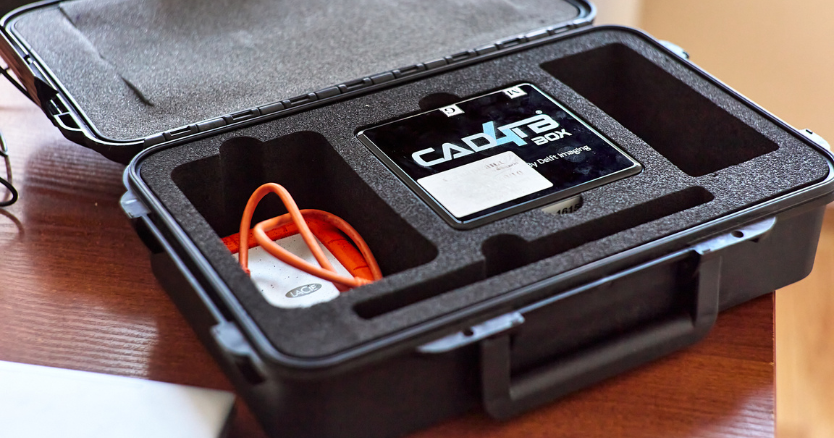
5. Leapfrogging conventional development
Some regions are further ahead in adopting digital health than others. In Europe, they usually take a step-by-step approach. Alternatively, the infrastructure needed to establish digital healthcare is simply missing in other parts of the world. This ranges from the lack of trained healthcare professionals, data management systems, linkages to care & treatments or even policies and research. To catch up, AI can help digitise healthcare in those nations. How an array of new technologies like CADAI can help achieve universal health equity was discussed at length in the recent FIND’s Diagnostic Day, which took place on the sidelines of the 76th World Health Assembly.
While the true potential of AI in healthcare is still being explored, it cannot be denied that digital health is the way to go. To reap its full benefits, In order to do so successfully, however, It is crucial to ensure proper validation, integration into healthcare workflows, and ongoing monitoring to address potential biases, maintain accuracy, and mitigate any unintended consequences.

